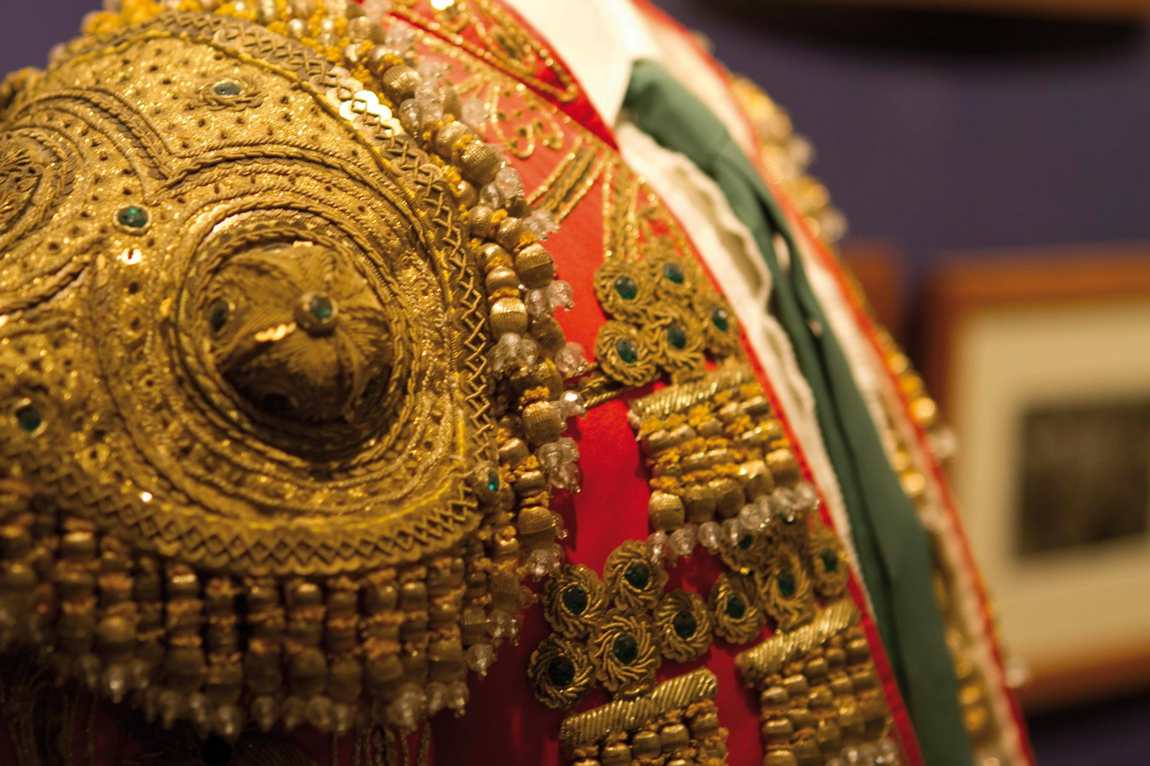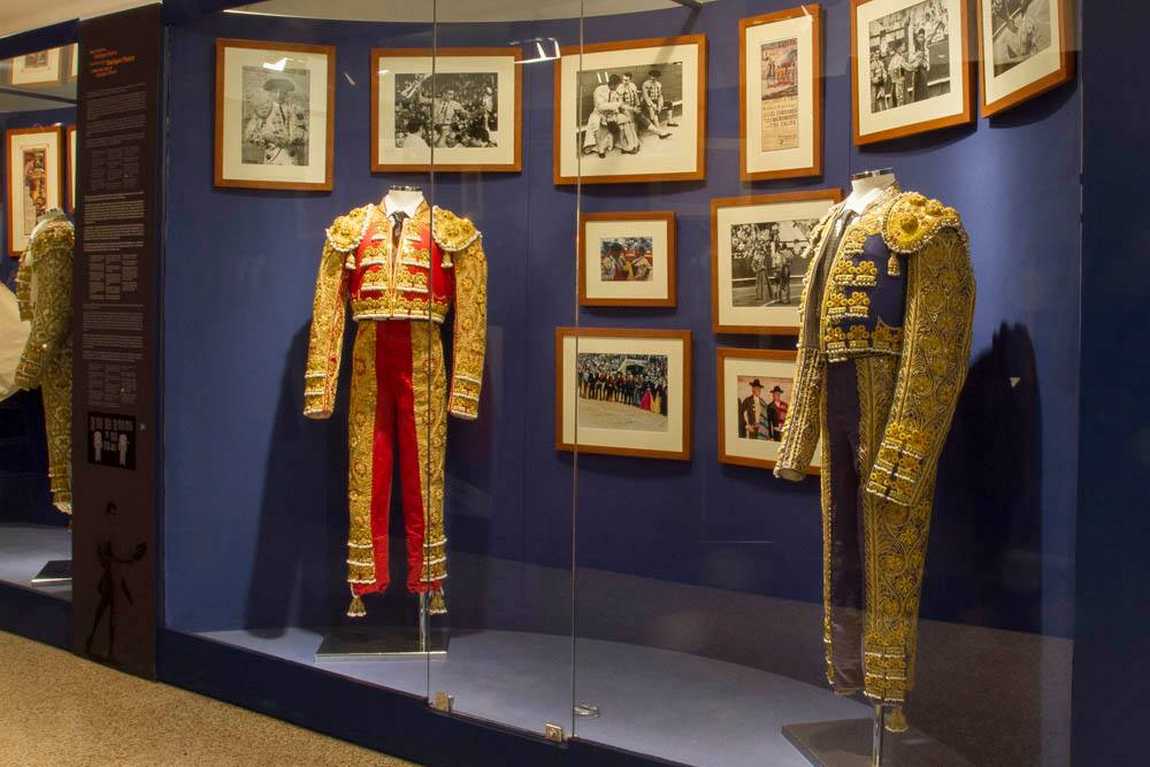The famous Valencian poet Miguel Hernández wrote of the bullfighting profession: "But is there any more dangerous work than this death-stamped fate?" The Spanish honour the art of bullfighting, recognising the best bullfighters and including bullfighting as part of the family holiday. And even if you'd rather keep your children away from such spectacles, you can learn about the rules of bullfighting and the illustrious bullfighters at the bullfighting museum in Valencia.

The museum appeared in the city in 1929 at the initiative of the picador José Bayard Badil and the collector Luis Moroder Peiro. They collected materials illustrating the history of bullfighting in Valencia in the nineteenth and twentieth centuries. You can sense the enormous passion of the makers of the museum in the way the exhibition is organised.
The first thing that strikes the eye is how much pomp is in bullfighting. This is particularly evident in the bullfighters' bright, richly embroidered and ornate ceremonial costumes. The bullfighting ceremony is no less pompous (and can be viewed in the museum's audiovisual hall, designed to resemble the arena). However, some complex, dangerous work is behind the pretentiousness of the uniform.
Imagine you have to confront a bull — there he is, standing in the middle of the museum hall — a big, aggressive one. Yes, the bullfighter has good physical training and a lot of courage, but that's not enough — he needs to feel the bull's behaviour and remember that the audience is hungry for a show.

Knowing the terminology is essential to understanding bullfighting. You can hardly think of another tour in Valencia where you must learn so many new words. The quadrille, bandeiraguero, capote, muleta, and estoque are the bare minimum. Still, there are also special names for each item of clothing, the matador's and his assistants' techniques and the trophies awarded for a successful duel.
An audioguide will mention all the necessary names, and even a child will soon begin to understand the terms. But try another way: understand not the order but the soul of bullfighting. Portraits of famous bullfighters, posters announcing the bullfights, items of traditional costume, bullfighting tools and photographs of the most spectacular moments of the fight might help you do that.
The Valencian Bullfighting Museum is located next to the bullring. A guided tour will take you around the bullring and allow you to imagine what it's like to be in a bullfighting ring. Will a child feel like one of the 16,000 spectators who want a colourful show or a bullfighter ready to fight a bull?











